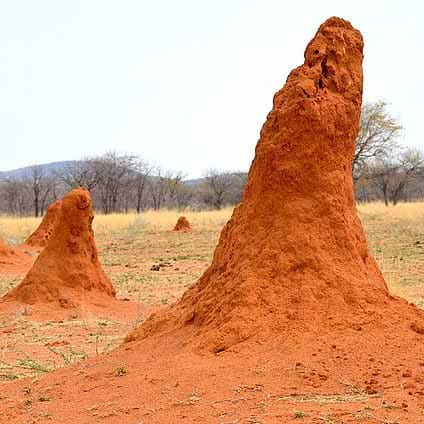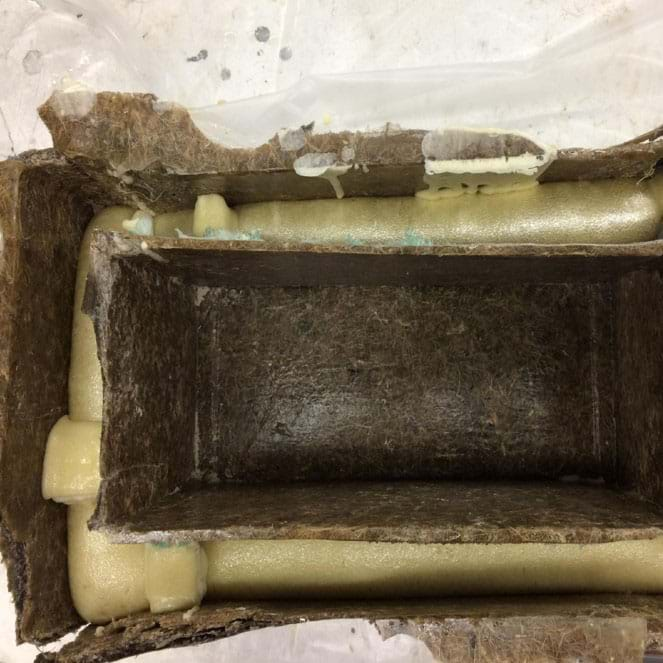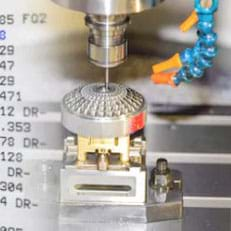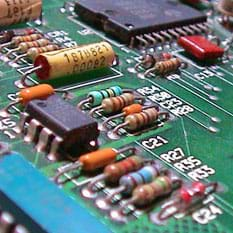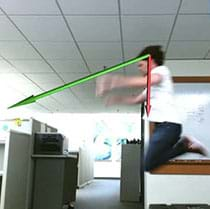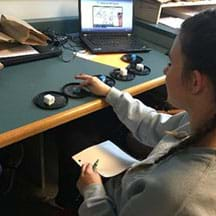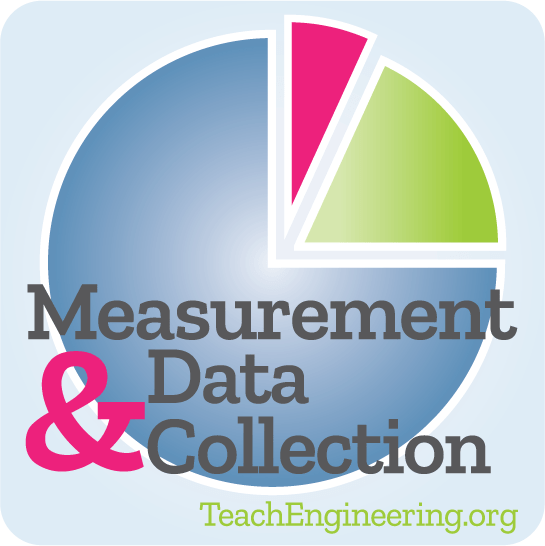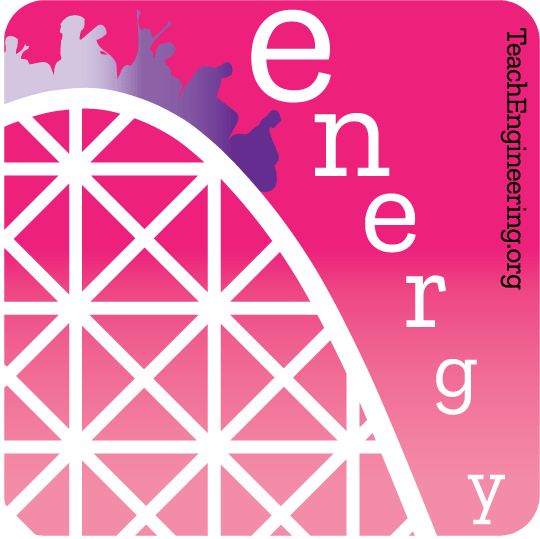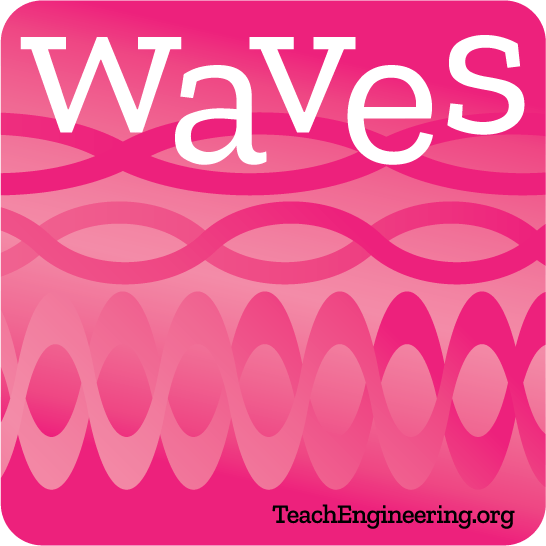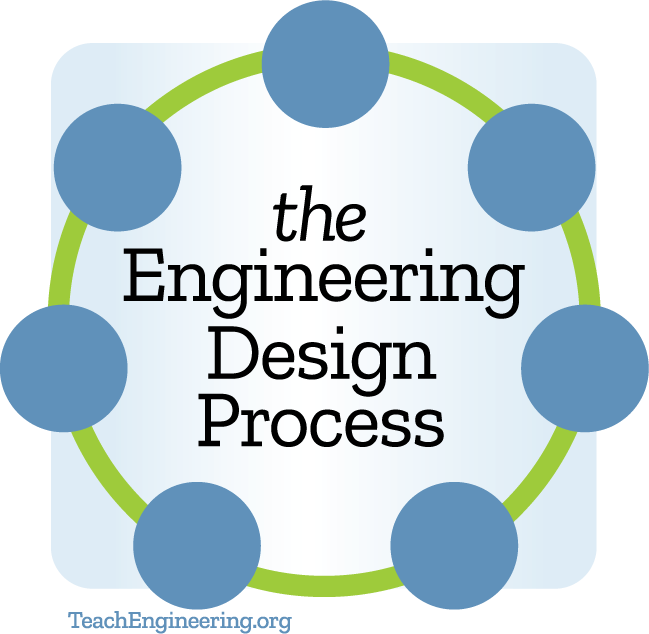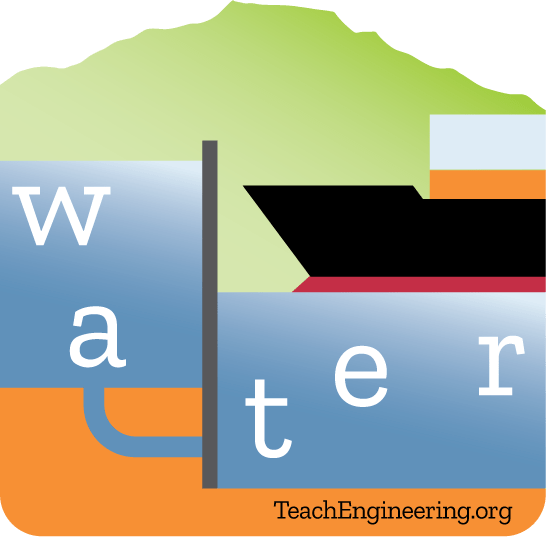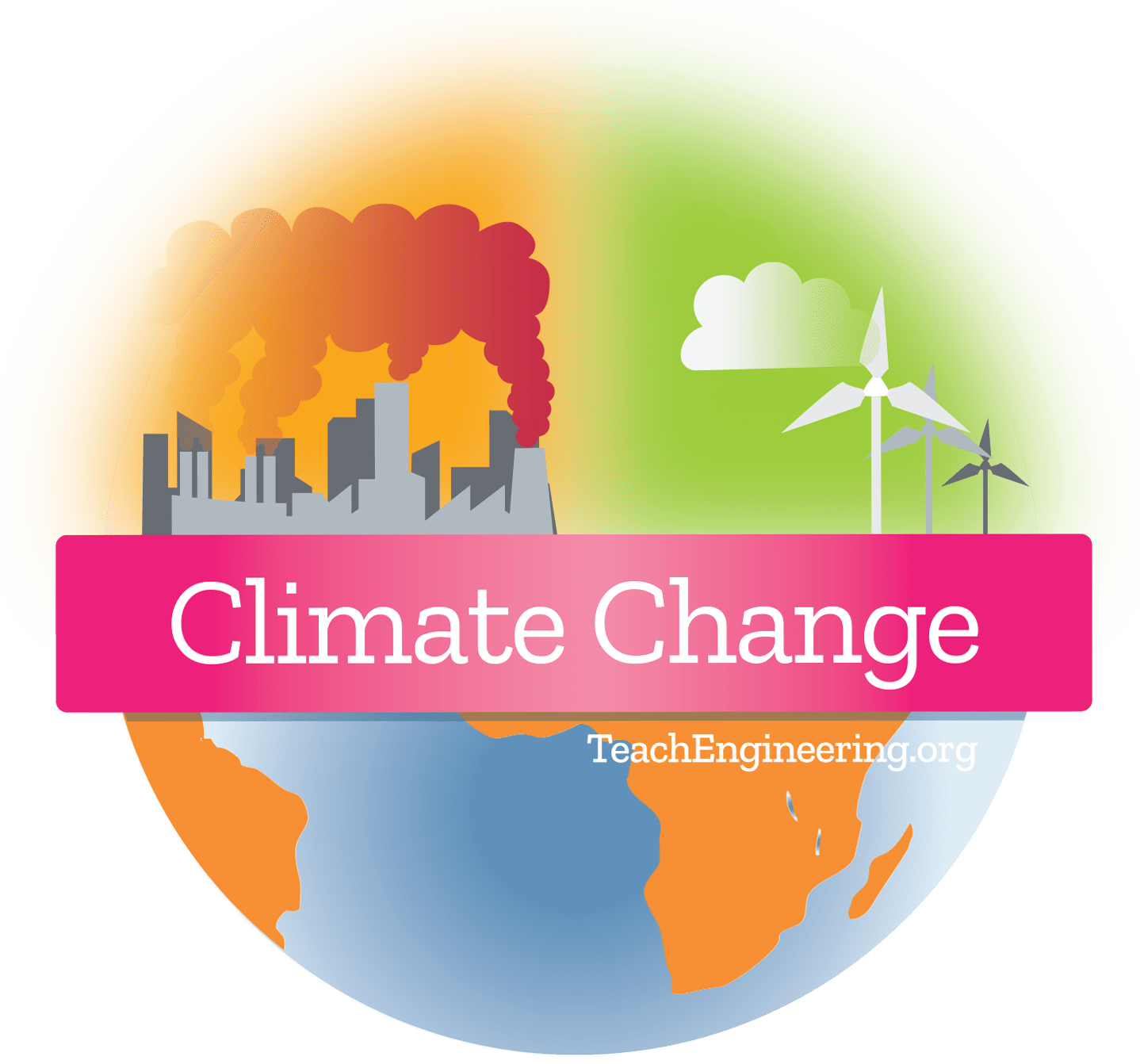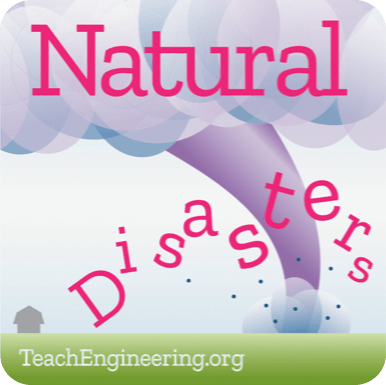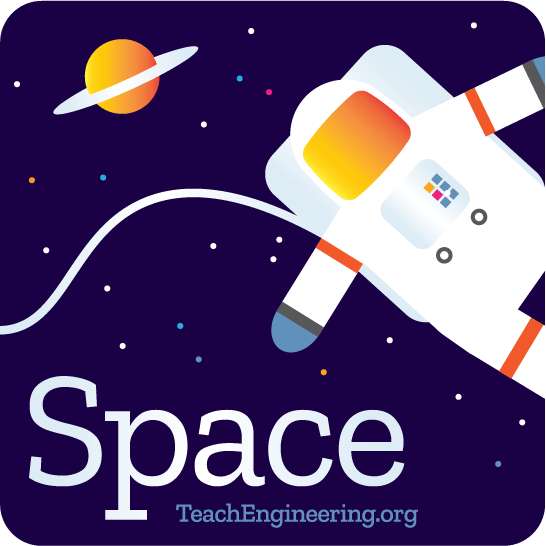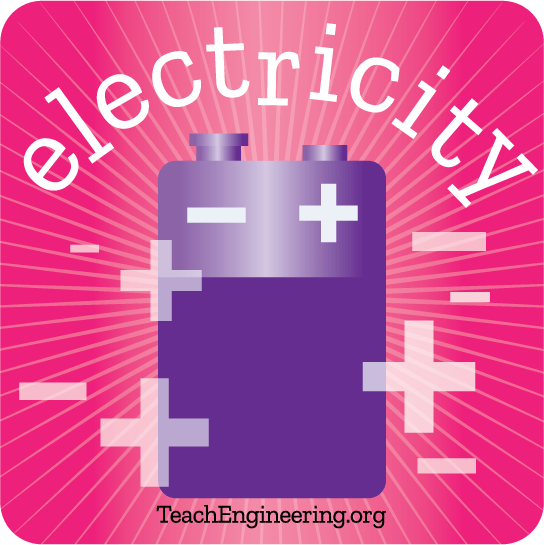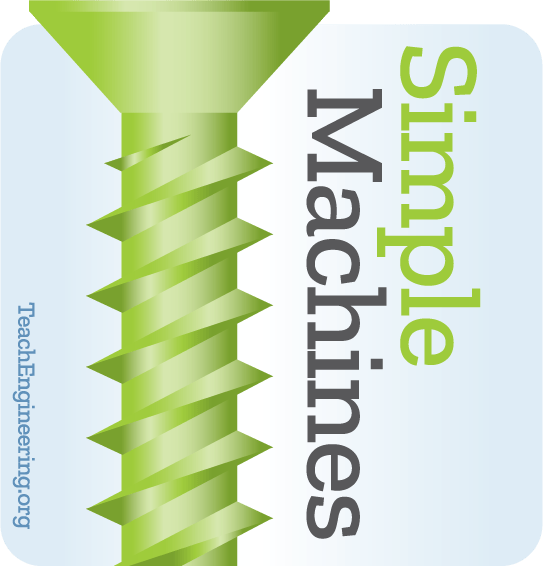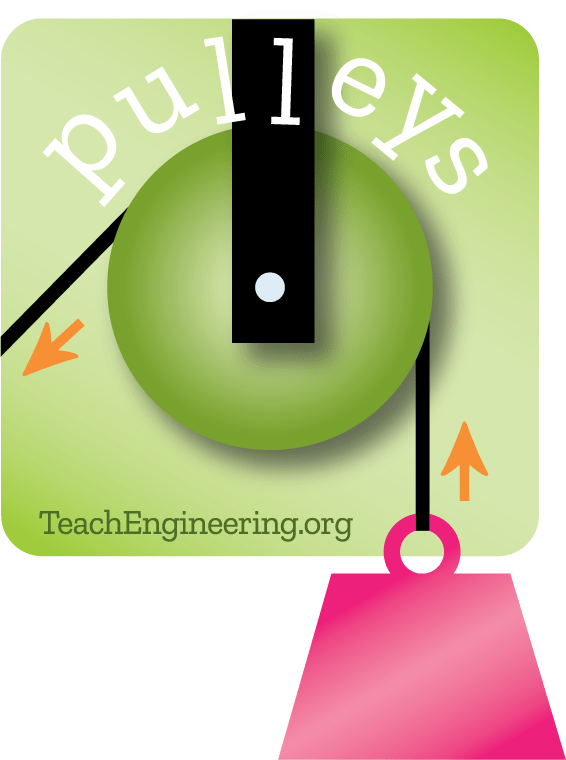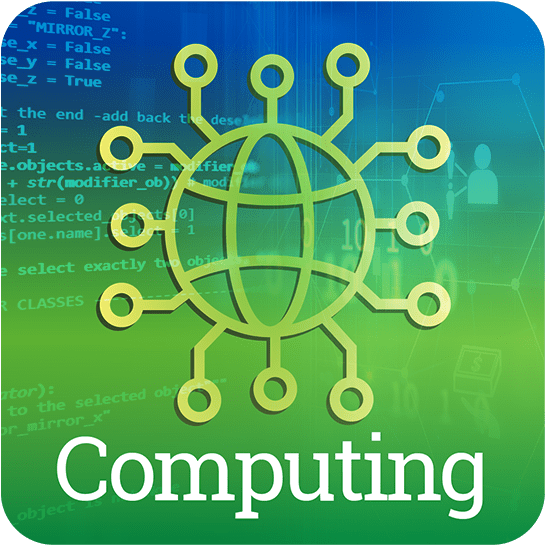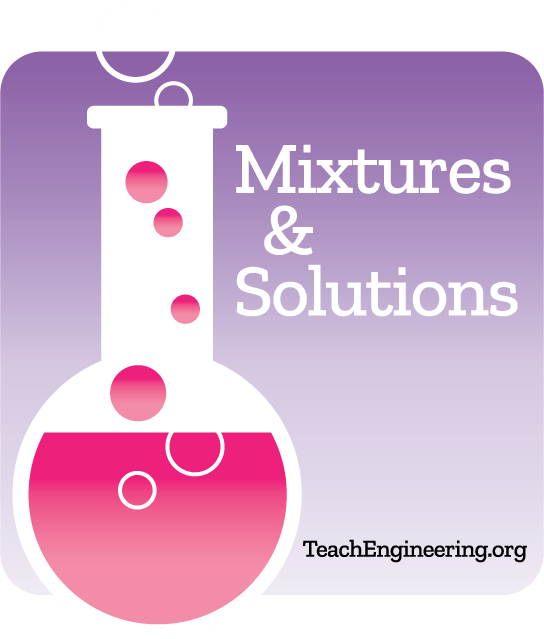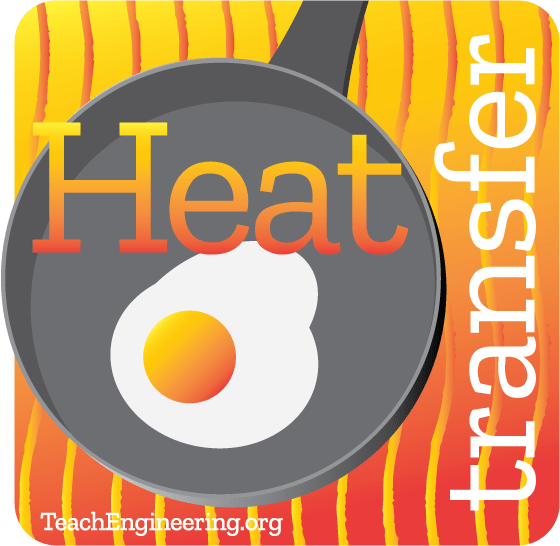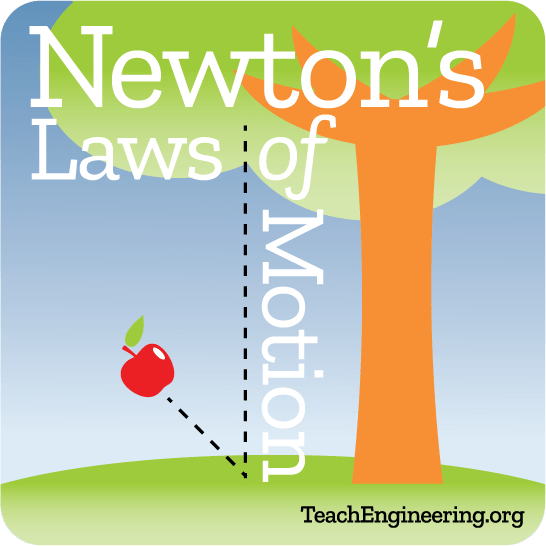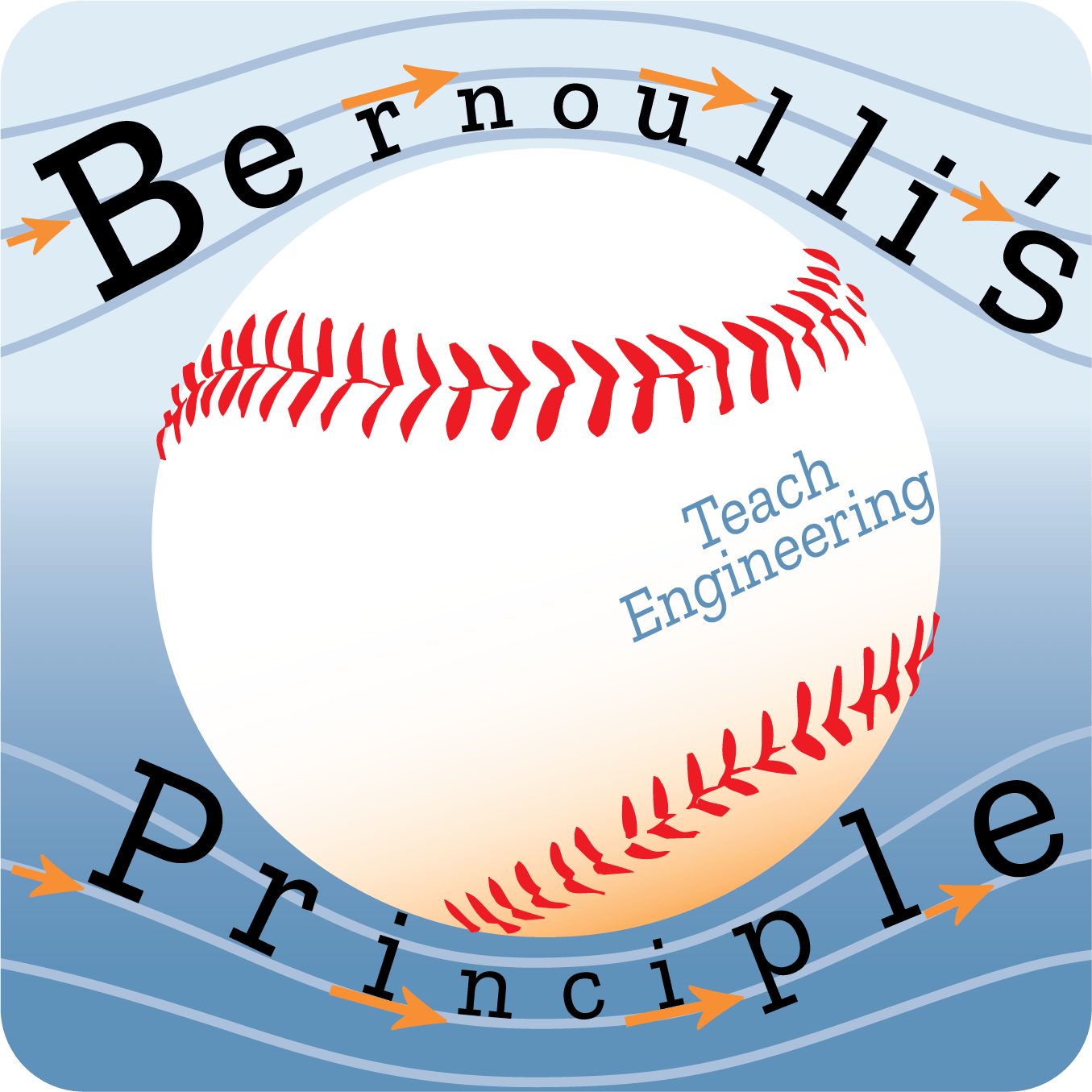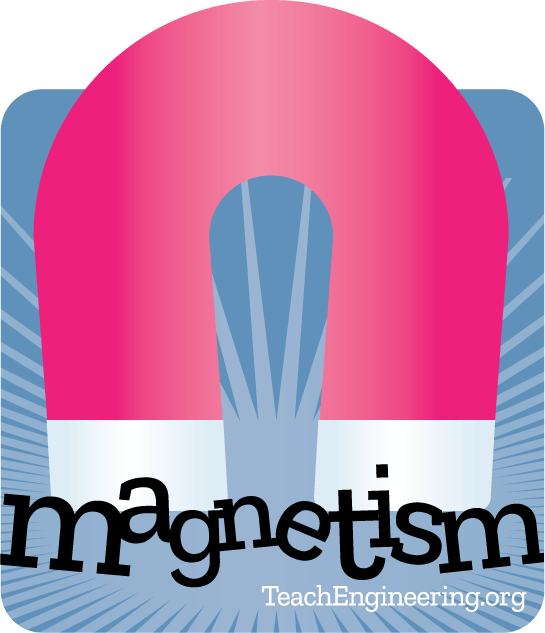Mathematics serves as the foundational language for science, technology and engineering. Engineers use and apply mathematical concepts to everyday problem solving and engineering design tasks.
Mathematics covers a range of study that includes algebra, geometry, trigonometry, precalculus, calculus, and probability and statistics. Engineers make use of these branches of mathematics to model, analyze and solve complex problems.
For example, mechanical engineers use mathematical equations to determine the amount of force and energy generated by machines and engines. They use algebra to design suspension systems to keep vehicles running as smoothly as possible.
Civil engineers rely on trigonometry to survey various buildings and structures and to calculate the forces on bridges. They use geometry to design and assemble various shapes and incorporate them into constructing structures such as freeways and tunnels.
Aerospace engineers use precalculus to determine rates of change such as velocity or acceleration to help determine the change in a satellite’s orbit. Electrical engineers rely on calculus to model and analyze dynamic systems and optimization.
Chemical and biomedical engineers use statistics and probability to assess experimental data and processes to ensure quality and consistency. They rely on statistical analysis to help them make informed decisions on products that must meet given specifications.
TeachEngineering provides lesson plans and activities with math-focused worksheets and assessments to promote mathematical proficiency that is essential to K-12 students. Our resources stress the importance of understanding problems, using models and mathematical concepts to solve problems, and developing feasible arguments based on data.
Our hands-on engineering resources, aligned to Math Standards, encourage students to hone their abstract, spatial reasoning, and critical thinking skills through exploring real-world challenges.
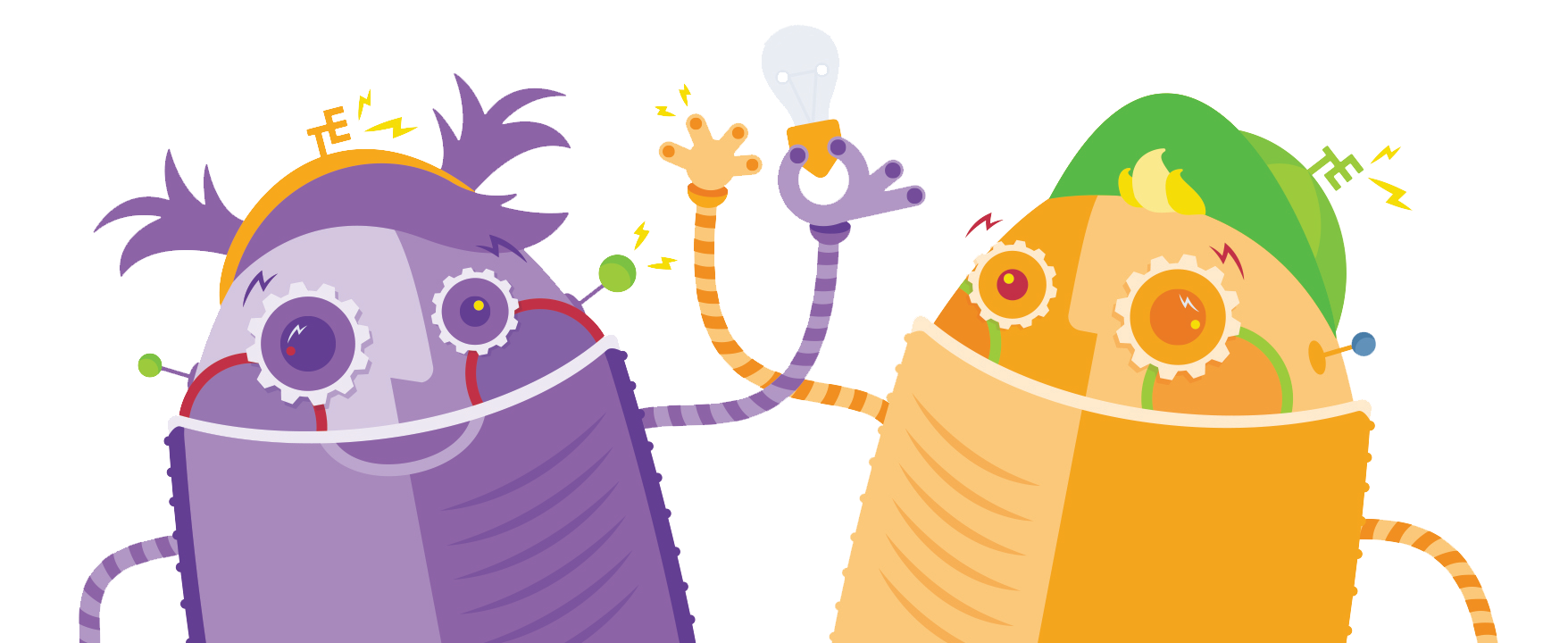

Math Curricula

Explore the mathematics-aligned resources featured here, by grade, that support the Common Core Standards for Mathematics.
Grades K-2
- Soil from Spoiled: Engineering a Compost Habitat for Worms Soil from Spoiled: Engineering a Compost Habitat for Worms
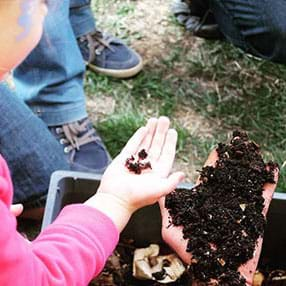
A unique activity for young learners that combines engineering and biology, students design an optimal environment for red wiggler worms in a compost bin.
- Simple Snow Load Roof Model Demo: Which Roof Is Tops? Simple Snow Load Roof Model Demo: Which Roof Is Tops?

If you lived in the snowiest place in the world, you would need a specific type of roof on your house. But what kind of roof is best? Learn about the creative thinking and considerations engineers use to solve practical problems in designing structures to keep buildings secure and safe.
- Measuring and Graphing: How Tall Are We? Measuring and Graphing: How Tall Are We?

In this introduction to graphing lesson, kindergartners measure each others' heights using large building blocks. They display the collected data in bar graphs made from paper cut-outs of miniature building blocks glued on paper and then notice how the bar graphs map to the various student heights t...
- Zooming In and Out with Scale and Systems Thinking Zooming In and Out with Scale and Systems Thinking
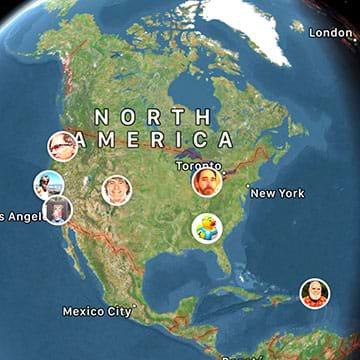
First-grade students are introduced to systems thinking and scale by working in teams to reassemble the separated pages of the Zoom picture book. They experience surprising changes in perspective and learn how engineers work together to examine projects very closely in order to notice details and di...
- Straw Towers to the Moon Straw Towers to the Moon

Students learn about civil engineers and work through each step of the engineering design process in two mini-activities that prepare them for a culminating challenge to design and build the tallest straw tower possible, given limited time and resources. In the culminating challenge (tallest straw t...
- See More
Grades 3-5
- Make Your Own Temperature Scale Make Your Own Temperature Scale

Students learn about the difference between temperature and thermal energy. They create thermometers using simple materials and develop their own scales for measuring temperature. They compare their thermometers to a commercial thermometer, and get a sense for why engineers need to understand the pr...
- Engineering a Habitat’s Humidity Engineering a Habitat’s Humidity
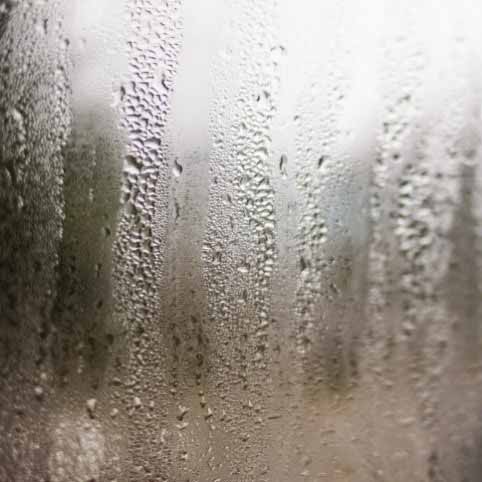
Students design a temporary habitat for a future classroom pet—a hingeback tortoise. The students investigate hingeback tortoise habitat features as well as the design features of such a habitat. Each group communicates and presents this information to the rest of the class after they research, brai...
- Water Power Water Power

Students observe a model waterwheel to investigate the transformations of energy involved in turning the blades of a hydro-turbine. They work as engineers to create model waterwheels while considering resources such as time and materials, in their designs. Students also discuss and explore the chara...
- Requirements & Constraints: Making Model Parking Garages Requirements & Constraints: Making Model Parking Garages

Student teams meet a set of requirements and given constraints as they create small-scale model parking garages. They experience the engineering design process as they design, plan and build their model structures, and then test them for strength to determine their maximum loads.
- Falling Water Falling Water

Students drop water from different heights to demonstrate the conversion of water's potential energy to kinetic energy. They see how varying the height from which water is dropped affects the splash size. They follow good experiment protocol, take measurements, calculate averages and graph results.
- See More
Grades 6-8
- Sensors and Scatterplots Sensors and Scatterplots

Students are introduced to several types of common medical sensor devices, such as ear and forehead thermometers, glucometers and wrist blood pressure monitors; they use the latter to measure their blood pressure and pulse rates. Students also measure their heights and weights in order to calculate ...
- Discovering Phi: The Golden Ratio Discovering Phi: The Golden Ratio

Students discover the mathematical constant phi, the golden ratio, through hands-on activities. They measure dimensions of "natural objects"—a star, a nautilus shell and human hand bones—and calculate ratios of the measured values, which are close to phi.
- Swiss Alps Emergency Sled Design Swiss Alps Emergency Sled Design
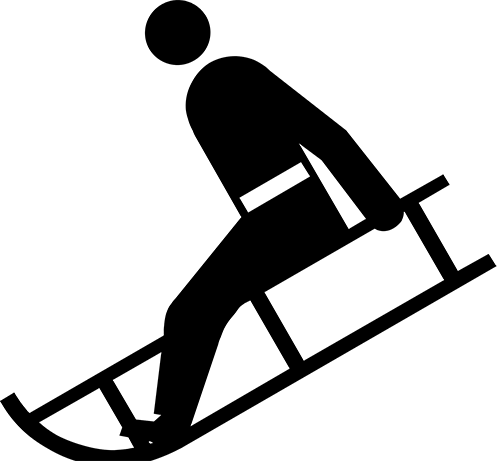
Students act as engineers to solve a hypothetical problem that has occurred in the Swiss Alps due to a natural seismic disaster. Working in groups, they follow the engineering design process steps to create model sleds that meet the requirements to transport materials to people in distress that live...
- Spring Away! Spring Away!

This lab demonstrates Hooke's law with the use of springs and masses. Students attempt to determine the proportionality constant, or k-value, for a spring. They do this by calculating the change in length of the spring as different masses are added to it.
- Designing and Packaging a Distance-Sensing Product Designing and Packaging a Distance-Sensing Product
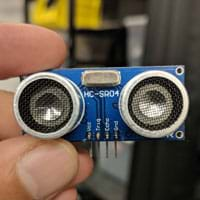
Students follow instructions to connect a Sunfounder Ultrasonic Sensor and an Arduino Microcontroller. Once they have them set up, students perform necessary calibrations, and practice using the sensor.
- See More
Grades 9-12
- Vector Voyage! Vector Voyage!

Students use vector analysis to understand the concept of dead reckoning. They use vectors to plot a course based on a time and speed. Then they correct the positions with vectors representing winds and currents.
- We Have Liftoff We Have Liftoff

Building on an introduction to statics, dynamics free-body diagrams, combustion and thermodynamics provided by the associated lesson, students design, construct and test their own rocket engines using sugar and potassium nitrate—an opportunity to apply their knowledge of stoichiometry.
- Understanding the Air through Data Analysis Understanding the Air through Data Analysis

Students build on their existing air quality knowledge and a description of a data set to each develop a hypothesis around how and why air pollutants vary on a daily and seasonal basis.
- Statistical Analysis of Methods to Repair Cracked Steel Statistical Analysis of Methods to Repair Cracked Steel

Students apply pre-requisite statistics knowledge and concepts learned in an associated lesson to a real-world state-of-the-art research problem that asks them to quantitatively analyze the effectiveness of different cracked steel repair methods. As if they are civil engineers, students statisticall...
- Geometry Solutions: Design and Play Mini-Golf Geometry Solutions: Design and Play Mini-Golf

Students learn about geometric relationships by solving real mini putt examples on paper and then using putters and golf balls to experiment with the teacher’s pre-made mini put hole(s) framed by 2 x 4s, comparing their calculated (theoretical) results to real-world results.
- See More






